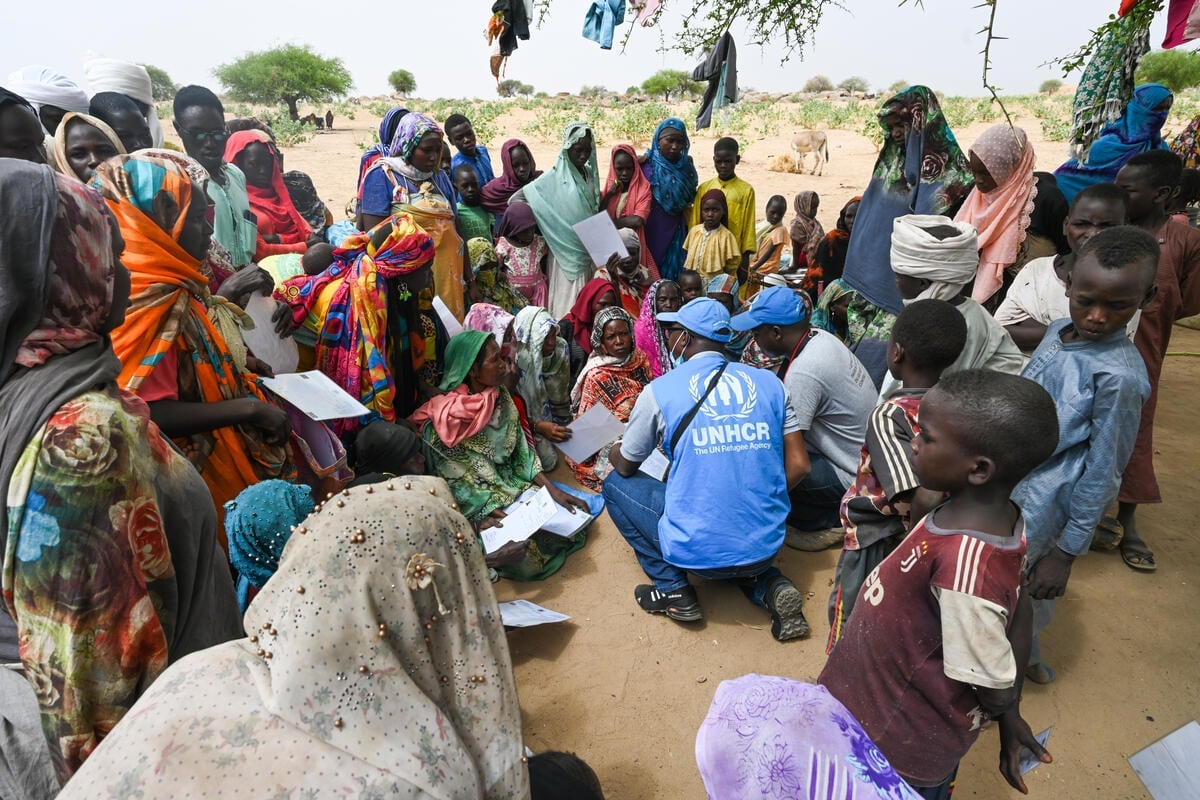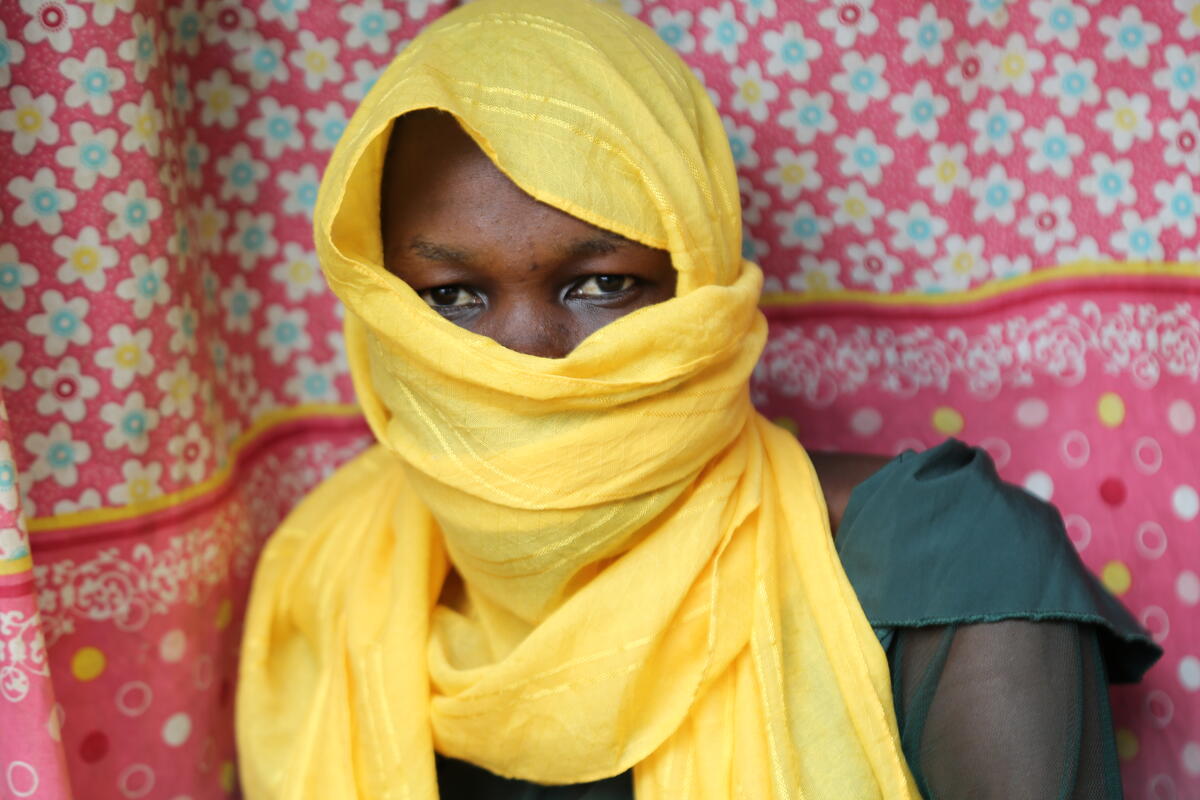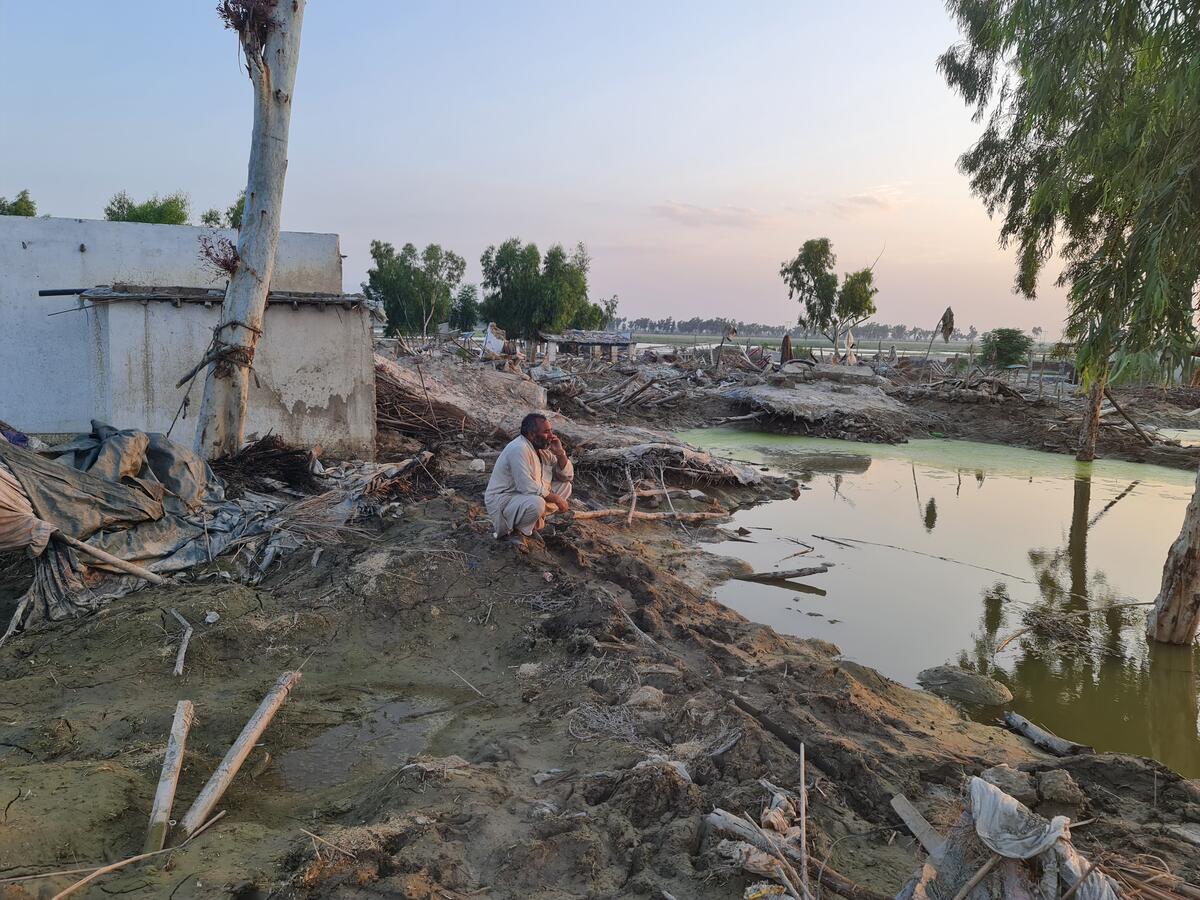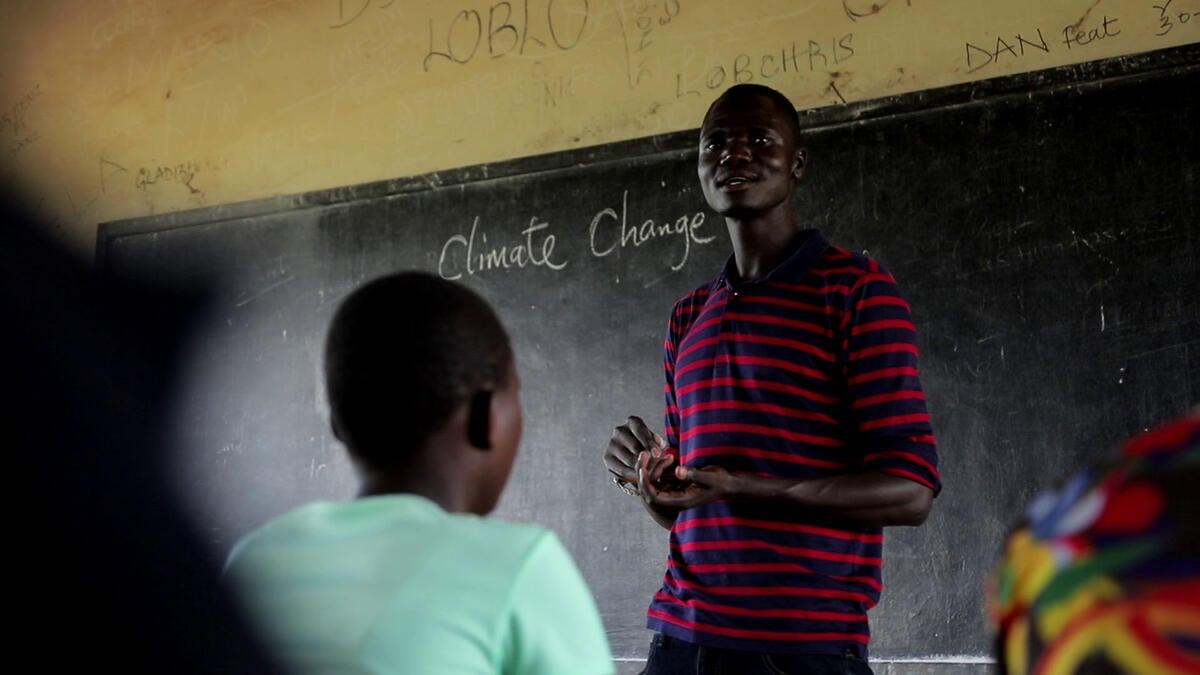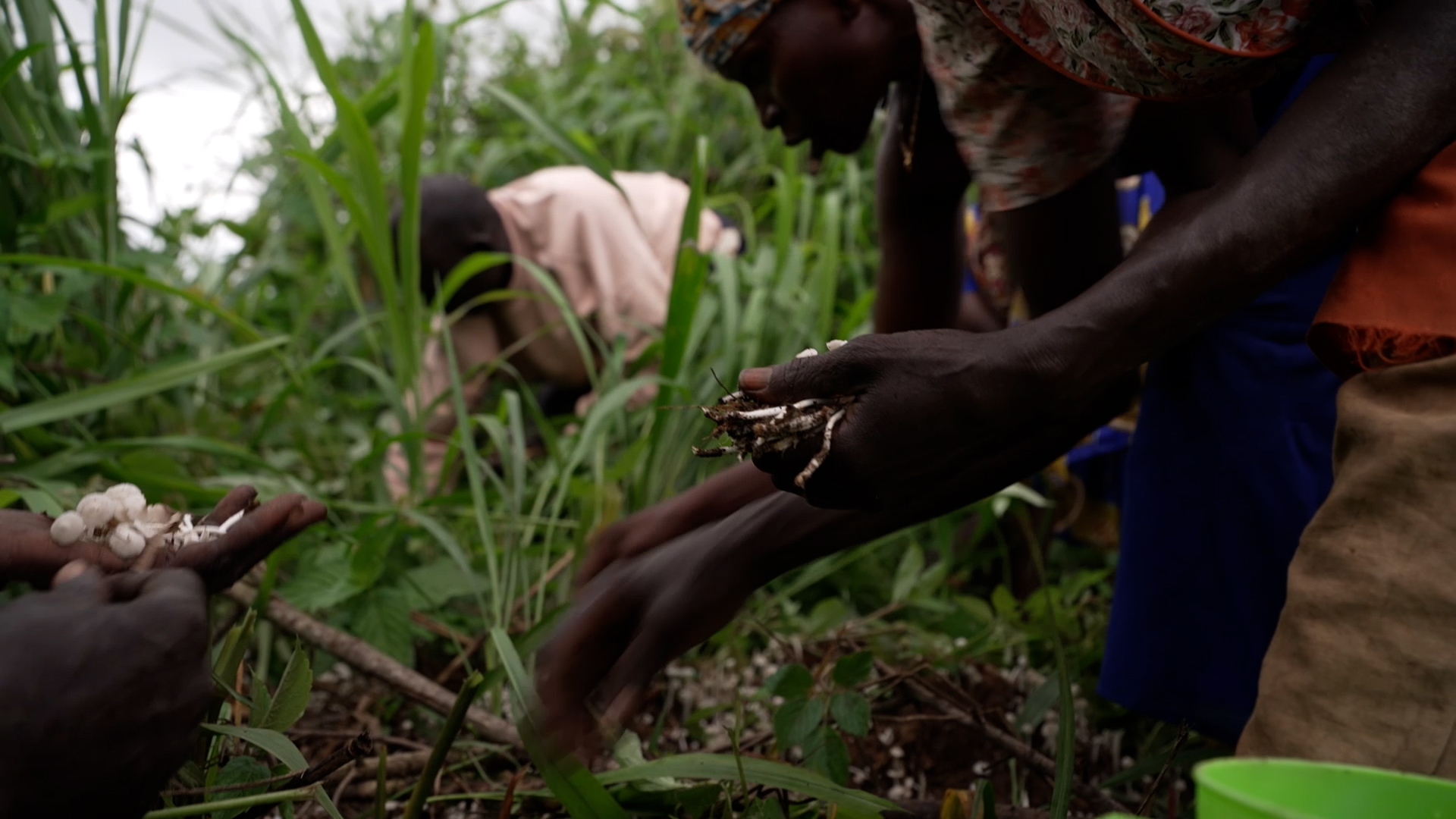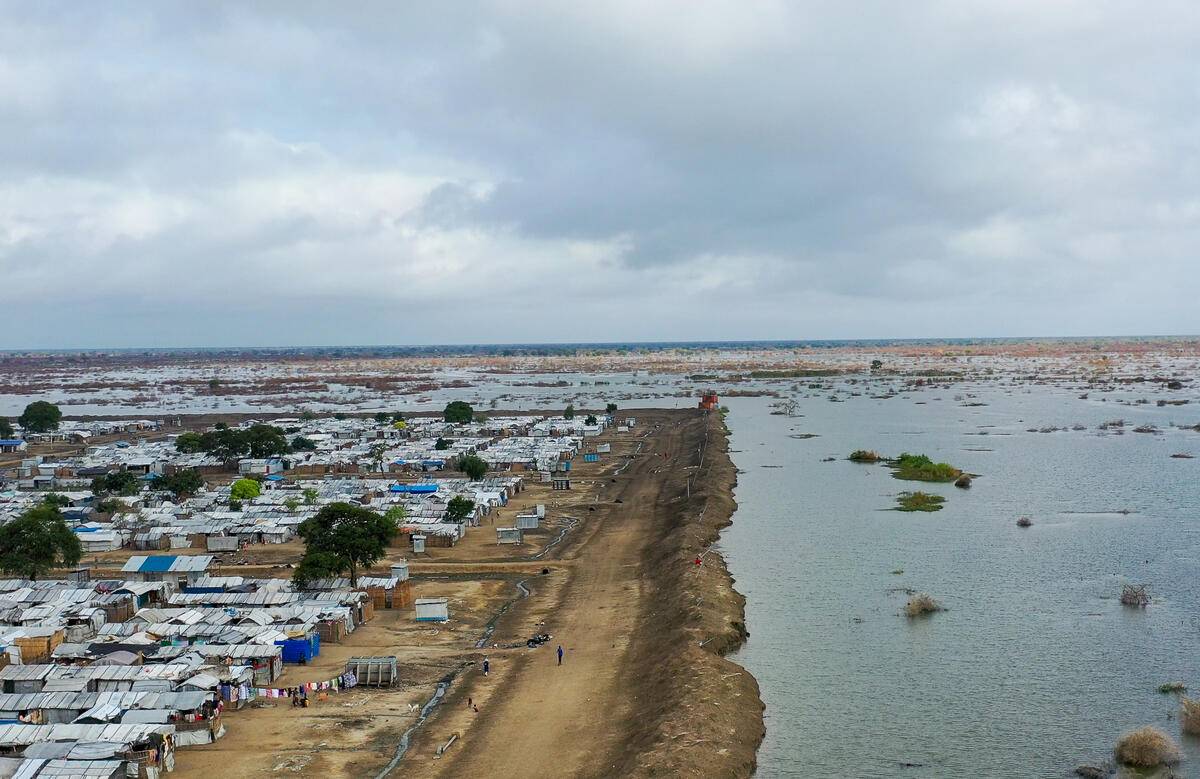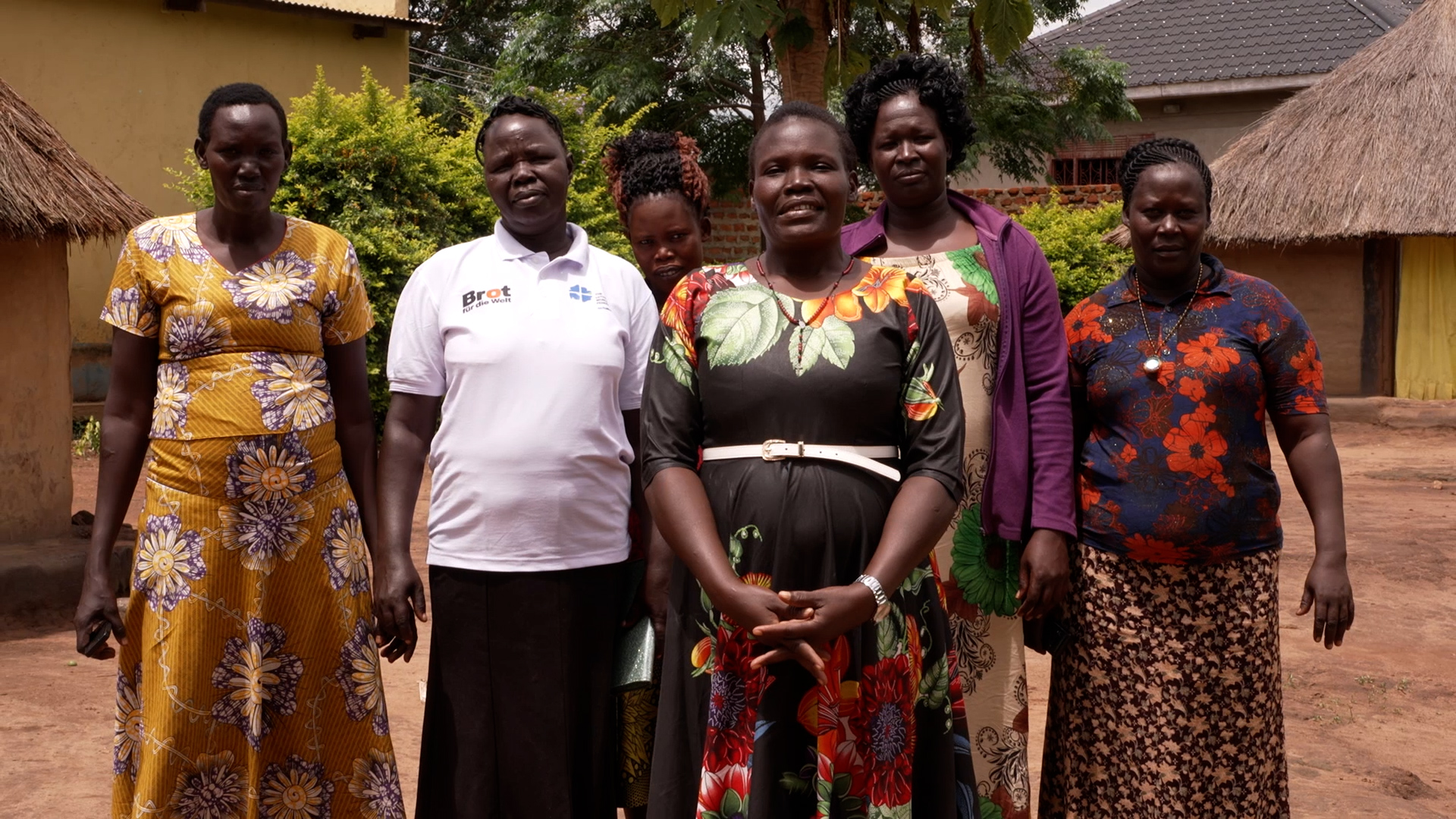Aerial attacks stoke fears among refugees in Yida, South Sudan
Aerial attacks stoke fears among refugees in Yida, South Sudan
UNHCR is deeply concerned about the safety of refugees and aid workers in Yida, South Sudan, after unidentified aircraft circled over the settlement several times on 9 April. The sighting raised fears that the refugee settlement may soon come under direct or indirect military attack.
The incident came just two days after the aerial bombardment of Neem, a community 26 kilometres north of Yida and close to the disputed border area of Jau. Local authorities reported that on 7 April a suspected military aircraft dropped more than five bombs over Neem, which is on the road that refugees use when coming from the war-torn Nuba Mountains in Sudan. However, according to our information, refugees have not been directly affected this week's attack.
Yida, a spontaneous settlement sheltering 70,000 Sudanese refugees, has come under aerial attack before. In November 2011, two bombs fell within the camp, including one close to a school for refugee children. Yida is located in the north of Unity State, close to the highly militarized Jau corridor.
With the ongoing conflict in South Sudan, Pariang County - where Yida is located - has seen increased militarization by regular and irregular armed groups. Shifting conflict lines leave refugees exposed to serious protection risks, including gender-based violence.
For more than two years, UNHCR and the South Sudan Commission for Refugee Affairs have been advocating for the relocation of refugees to safer areas inside South Sudan. National authorities are aware of the protection concerns, and agree with UNHCR and NGOs that the civilian character of the camp cannot be maintained in Yida.
Nevertheless, refugee leaders have been reluctant to move, citing proximity to their homeland as well as similarity in soil composition, vegetation and other topographical features.
In March last year, a model refugee settlement was established in Ajuong Thok, further from the disputed border zone, and the Government of South Sudan decreed that no new arrivals should be registered in Yida. Donor support enabled the construction of primary and secondary schools as an incentive for refugees to relocate voluntarily.
However, refugees in Yida have been slow to accept the offer. While the population of Ajuong Thok crossed the 10,000 mark in March, most residents are new arrivals from South Kordofan state in Sudan, where there have been reports of increased bombardment in Nuba Mountains and school closures due to insecurity.
Since January, UNHCR and its partners have relocated an average of 300 new arrivals per week to Ajuong Thok. Increasing numbers of refugees registered in Yida (up to 100 per week) are signing up for relocation.
South Sudan is now hosting more than 540,000 refugees, mostly in Unity and Upper Nile states. These areas, together with Jonglei state, are the ones worst affected by violence and forced displacement in the war in South Sudan are also hosting over 800,000 internally displaced persons.
For more information on this topic, please contact:
- In Juba, South Sudan: Teresa Ongaro, mobile: +211 927 770 040
- In Geneva, Fatoumata Lejeune on mobile +41 79 249 34 83


